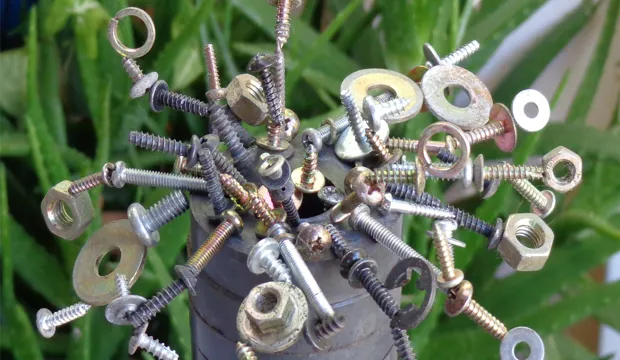
Investigating how hoverboards work
Analyse existing hoverboard designs and learn about magnetism
How does a hoverboard work? Magnetism is a key scientific phenomenon. Utilising this has allowed designers to create new and innovative products, such as fully working MAGLEV trains and hoverboards in product design.
This resource focuses on investigating how hoverboards work through analysing existing examples. Download our free resource to investigate how magnetism works with you DT class in secondary. Make KS4 magnetism and magnetic fields exciting as your students find out how a hoverboard works.
Activity info, teachers' notes and curriculum links
An engaging activity in which students will analyse and investigate how hoverboards work. They will consider the KS4 science and technology behind how they are able to levitate, the main features of each design and what that could be improved.
The activity sheet includes teacher notes, guidance, useful web links, and links (where appropriate) to the national curriculum in each of the four devolved UK nations; England, Northern Ireland, Scotland and Wales.
Download the free activity sheet below!
All activity sheets and supporting resources are free to download, and all the documents are fully editable, so you can tailor them to your students' and your schools' needs.
And please do share your classroom learning highlights with us @IETeducation





